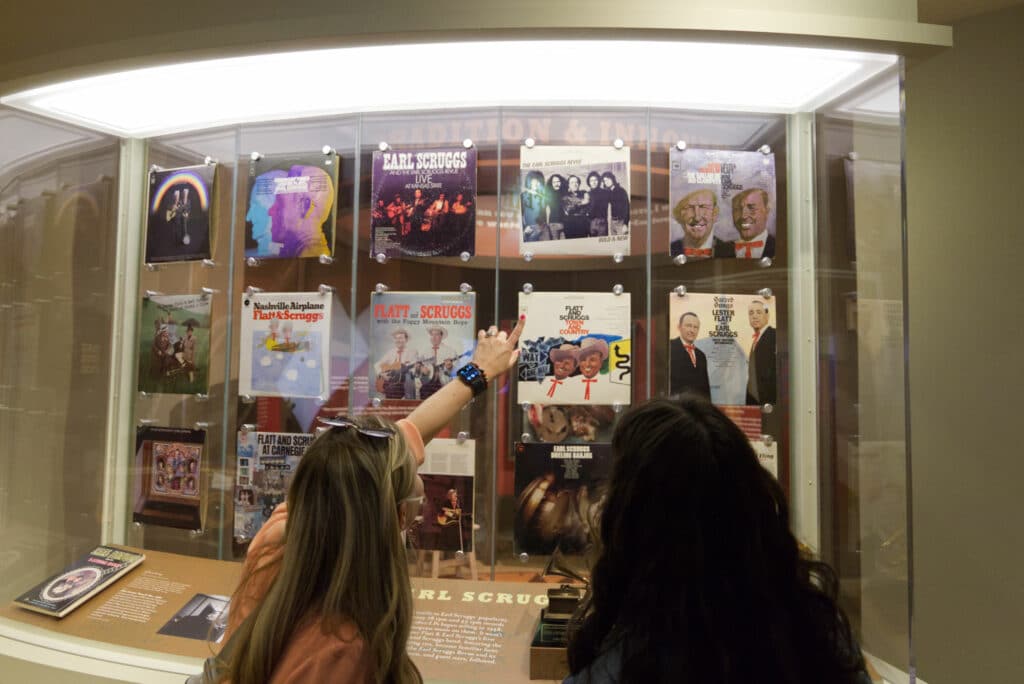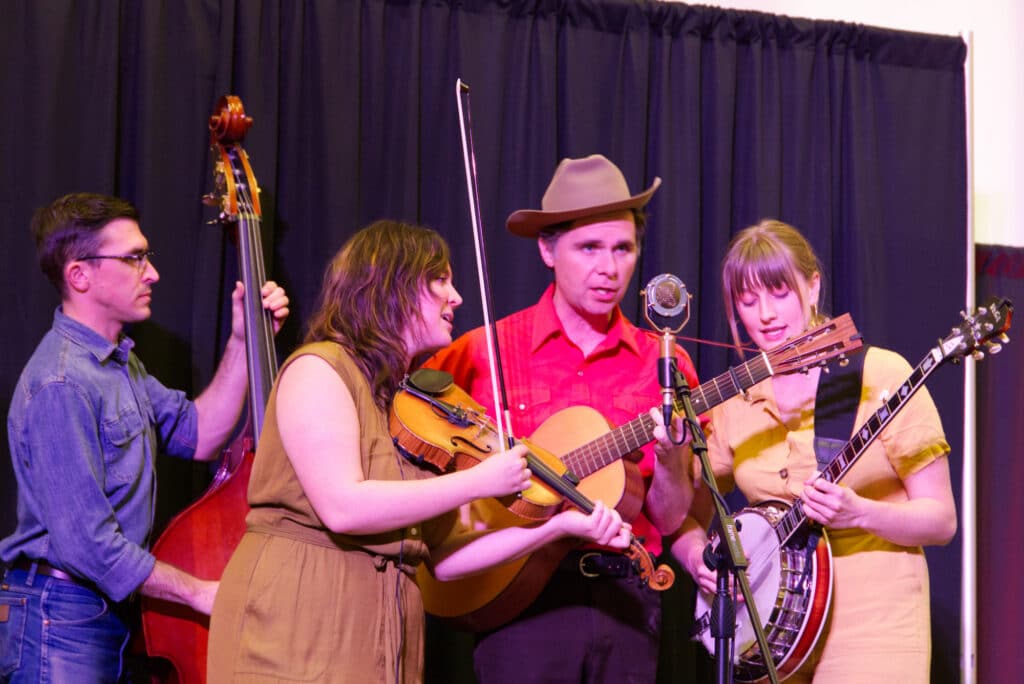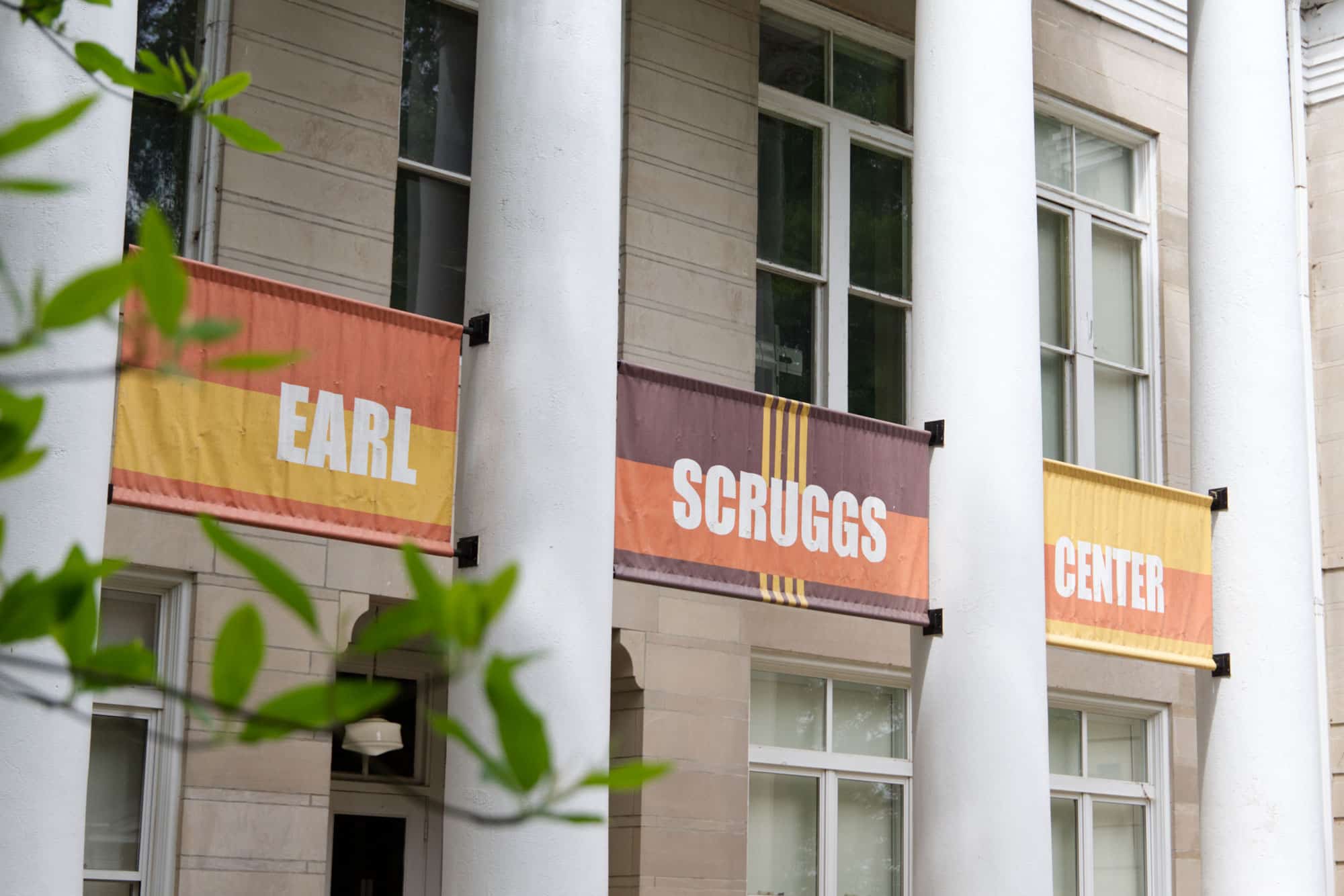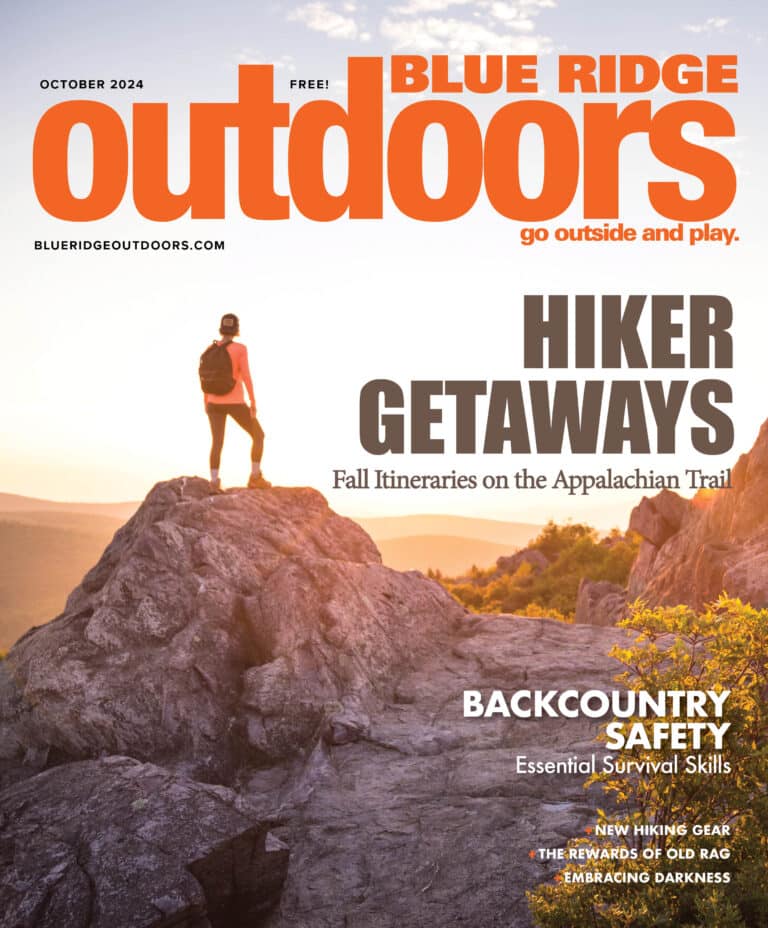Anchored by the Earl Scruggs Center, Shelby is Becoming a Must-Visit Destination for Bluegrass and Country Fans
At the center of Shelby, N.C., there is music. Drive into uptown and you can’t miss the regal, column-lined Earl Scruggs Center, which sits on an oak-covered plot that takes up the whole block at the town’s center. It’s not a typical layout for a growing town of around 20,000, but it makes sense for Shelby, where music has long been at the heart of the town’s culture.
“Cleveland County is one of those places where music is a part of everything,” said Mary Beth Martin, a 15-year resident who is also executive director of the Scruggs Center. “It’s one of those magical places like Muscle Shoals or Memphis in that music is a really important part of who we are.”
Martin moved to Cleveland County in 2008 and has seen the renaissance of Shelby, located about an hour west of Charlotte, in the time since. Two years earlier, the town worked with an advisor from North Carolina State University on a plan to revive the town where most buildings sat empty and businesses struggled to stay open. The group decided to focus on music as a means for revitalization and planned the opening of two major venues dedicated to two of the county’s most famous natives: celebrated country singer Don Gibson and renowned banjoist Earl Scruggs.
The plan paid off. Martin recalled an “energy infused in the community” after the openings of the Gibson Theater in 2009, and then the Scruggs Center in 2014. “What it’s done is give small business owners the confidence to open and keep open a restaurant,” Martin said. “It’s given people a reason to come back to Uptown Shelby.”



The Earl Scruggs Center features music exhibits and hosts live concerts. Photos by Chris Ritter.
In addition to boosting tourism, the Scruggs Center is also preserving music history. The late Scruggs is a banjo pioneer, a Cleveland County native who went from working in nearby textile mills to revolutionizing bluegrass music with his three-finger picking style. Popularizing the technique—now commonly known as Scruggs style—made Scruggs a titan in American music dating back to the 1940s, at first through his work with Bill Monroe and the duo Flatt and Scruggs and later with his own Earl Scruggs Revue. His ubiquitous instrumental “Foggy Mountain Breakdown” became well known after its placement in the film Bonnie and Clyde.
The Scruggs Center showcases the breadth of Scruggs’ influence, which has extended far beyond North Carolina. In one of its most striking elements, the center displays a collage crafted by Bernie Taupin, the gifted songwriter and visual artist from the UK best known for being the lyricist for Elton John. Taupin’s visual piece “He Will Set Your Fields on Fire” is a fiery tribute to Scruggs and the founding elements of bluegrass, featuring a smoke-tinged fiddle, banjo, and mandolin.
The Scruggs Center also highlights the importance of radio, which is how most rural communities—like the one Scruggs himself came from—connected with the world, as visitors can listen to archived broadcasts and ads dating back to the 1920s.
Perhaps the center’s most engaging exhibit is the Common Threads table—a dinner table-sized touchscreen on which visitors can explore the ways geography, instruments, and musicians who came before and after Scruggs influenced each other in a great web of music history.
The Common Threads table is one of several exhibits that showcase the Black artists who influenced that history. “Traditional styles like old-time music, bluegrass, and blues music are so important to this area,” said Martin. “You cannot tell the story of that type of music without talking about the African traditions, instruments, and musicians that are really important to the formation of that music.”
Other exhibits in the Scruggs Center highlight Black history more specifically—the traveling exhibit Redefining Builders pays homage to the Black communities of Cleveland County, while a permanent fixture showcases the banjo as a quintessentially African instrument.
For 70 years, the Scruggs Center building served as the county courthouse, but now the courtroom hosts concerts. The building’s Great Hall has been transformed into a 120-seat concert venue that plays host to intimate shows from local acts as well as touring ones.
Close by, the music continues. Dragonfly Wine Market, a wine store, bar, and venue across the street, has a cozy, living room feel that’s made it a favorite for local musicians since its opening in 2012. According to owner Jamie Coulter, when he opened Dragonfly, which features old time decor and a bar cat named Pinot who “runs the place,” only about a quarter of buildings downtown were filled with businesses. Now his block is bustling with new fixtures like Lily Bean Coffee, Pfeiffer Cafe, and Newgrass Brewing Co., which has a massive mural of Scruggs on the wall of its patio.
And more developments are in the works. After wrapping up its Center Stage concert series in the Great Hall in early August, the Scruggs Center’s focus turns to the second Earl Scruggs Music Festival. Held this month at the nearby Tryon International Equestrian Center, the festival boasts a packed lineup featuring Emmylou Harris, Del McCoury, and the Infamous Stringdusters.
With the festival expected to bring thousands of visitors to the county, it’s hard to believe that just 15 years earlier, Shelby was what Martin remembers as a “ghost town.” Now it buzzes with the musical traditions of the region and a lesson for what can happen when a town bets on music.
Cover Photo: The Earl Scruggs Center is helping revive Shelby, N.C. Photo by Chris Ritter








